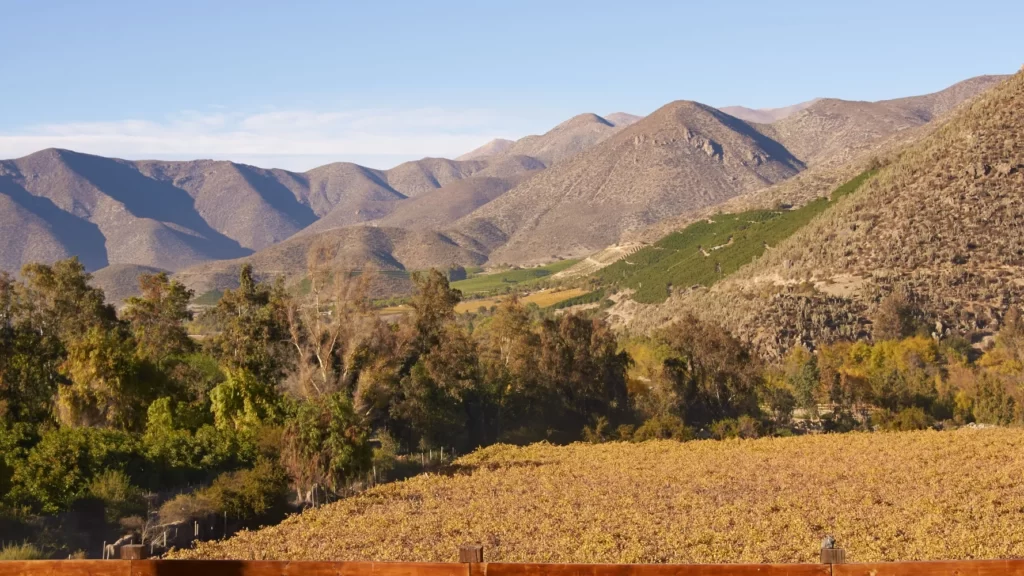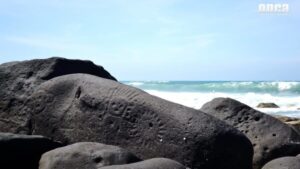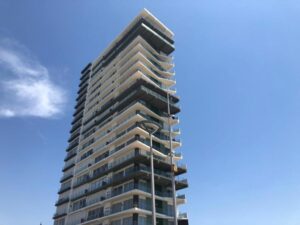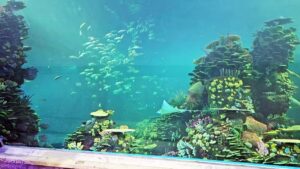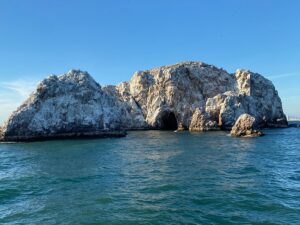Nestled in the heart of Chile, the Limarí Valley is a hidden gem that offers a unique blend of natural beauty, rich history, and cultural experiences. Known for its stunning landscapes and vibrant vineyards, this region is a must-visit for anyone looking to explore the lesser-known parts of Chile. Whether you’re a nature enthusiast, a history buff, or a wine lover, the Limarí Valley has something special to offer.
Exploring the Natural Beauty
The Limarí Valley is renowned for its breathtaking landscapes, characterized by rolling hills, lush vineyards, and clear blue skies. One of the most popular spots to visit is the Fray Jorge National Park, a UNESCO Biosphere Reserve. This park is famous for its unique cloud forest, which is a rare sight in such an arid region. Visitors can enjoy hiking trails that offer stunning views of the valley and the Pacific Ocean. Another natural wonder is the Valle del Encanto, an archaeological site featuring ancient petroglyphs and pictographs. This site provides a fascinating glimpse into the lives of the indigenous people who once inhabited the area.
Wine Tasting and Vineyard Tours
The Limarí Valley is part of Chile’s burgeoning wine country, known for producing some of the finest wines in the world. The region’s unique climate and soil conditions make it ideal for growing grapes, particularly those used in producing Syrah and Chardonnay. Visitors can tour several vineyards, such as Tabalí and Tamaya, where they can learn about the winemaking process and sample a variety of wines. These tours often include a walk through the vineyards, a visit to the cellars, and a tasting session led by knowledgeable sommeliers. It’s a delightful experience for both seasoned wine connoisseurs and casual enthusiasts.
Cultural and Historical Insights
The Limarí Valley is steeped in history, with evidence of human habitation dating back thousands of years. The region was once home to the Diaguita people, who left behind a rich cultural legacy. The Museo del Limarí in Ovalle is a great place to learn about the area’s history and archaeology. The museum houses an impressive collection of artifacts, including pottery, tools, and textiles from the Diaguita culture. Additionally, the town of Ovalle itself offers a charming glimpse into Chilean life, with its bustling markets, traditional crafts, and friendly locals.
Interesting Facts and Tips for First-Time Visitors
- The Limarí Valley is one of the sunniest regions in Chile, with over 300 days of sunshine a year, making it perfect for outdoor activities.
- The valley’s unique microclimate is influenced by the Pacific Ocean and the Andes Mountains, creating ideal conditions for agriculture and viticulture.
- The region is also known for its production of pisco, a popular Chilean spirit made from distilled grapes. Be sure to try a pisco sour, a refreshing cocktail that’s a local favorite.
- For those visiting for the first time, it’s recommended to rent a car to explore the valley at your own pace, as public transportation options are limited.
- The best time to visit is during the spring (September to November) or fall (March to May) when the weather is mild and the vineyards are at their most picturesque.
How to Get There
The Limarí Valley is located in the Coquimbo Region of Chile, approximately 400 kilometers north of Santiago. The easiest way to reach the valley is by flying into La Serena Airport, which is about an hour’s drive from the valley. From there, you can rent a car or take a bus to explore the region. If you’re driving from Santiago, the journey takes around five to six hours via Route 5, the Pan-American Highway. The roads are well-maintained, and the drive offers scenic views of the Chilean countryside.
For those visiting the Limarí Valley for the first time, it’s advisable to plan your itinerary in advance to make the most of your trip. With its stunning landscapes, rich history, and world-class wines, the Limarí Valley promises an unforgettable experience for all who venture there.
